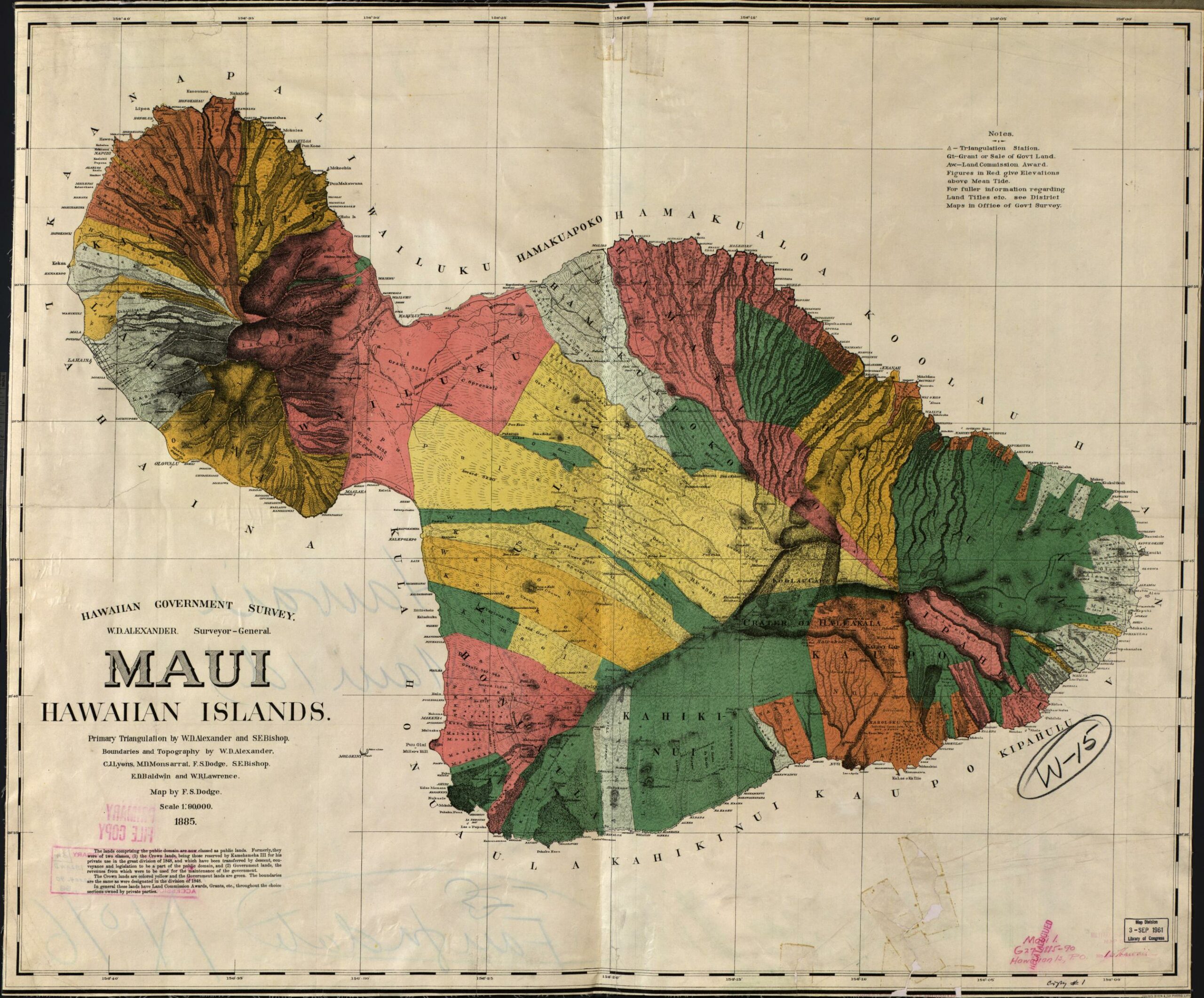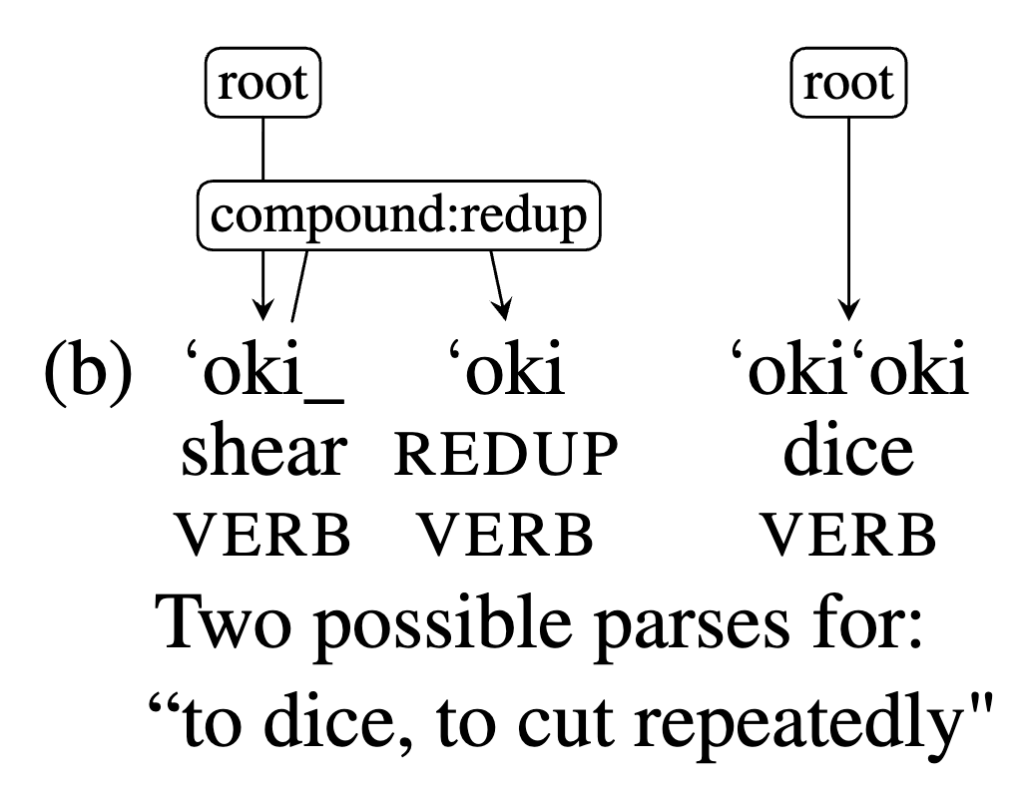Hawaiian TAM.
How are tense, aspect, and modal meanings constructed in Hawaiian? What is the most accurate description of the tense and aspect system used by native speakers of Hawaiian?
Read MY FIRST QP, a comparative analysis of the hawaiian morheme ua between traditional speakers and new speakers of Hawaiian.
ʻŌlelo Maui.
Is there a Maui variety of Hawaiian? My ongoing research analyzes the speech of elders from Maui Hikina (East Maui) to find out more about this understudied variety of ʻŌlelo Hawaiʻi. I am actively exploring how archival materials can enable the (re)introduction of traditional patterns of linguistic variation in Indigenous language learning contexts.
See the presentation i gave at ICLDC 9 in march 2025 where i introduced my findings so far.

Hawaiian Linguistic Variation.
Every speaker of every language speaks a little differently. The same goes for Hawaiian: every speaker—old and new—has their own unique way of speaking ʻŌlelo Kanaka. My ongoing work analyzes latent patterns of linguistic variation in recorded speakers from the Ka Leo Hawaiʻi radio show, the Clinton Kanahele Collection, and from Hawaiian-language podcasts to better understand how Hawaiian speakers demonstrate different patterns of socially-structured linguistic variation.
My second qp will focus on phonetic variation among traditional and new speakers of hawaiian—stay tuned.
Hawaiian NLP.
How can natural language processing (NLP) applications and machine learning empower language documentation and revitalization? My ongoing work focuses on the development of NLP tools that can transform Hawaiian language data into accessible materials for community members and linguists alike.
See my recent paper with rolando Coto-solano and colleagues on the development of a universal dependencies treebank for hawaiian.
